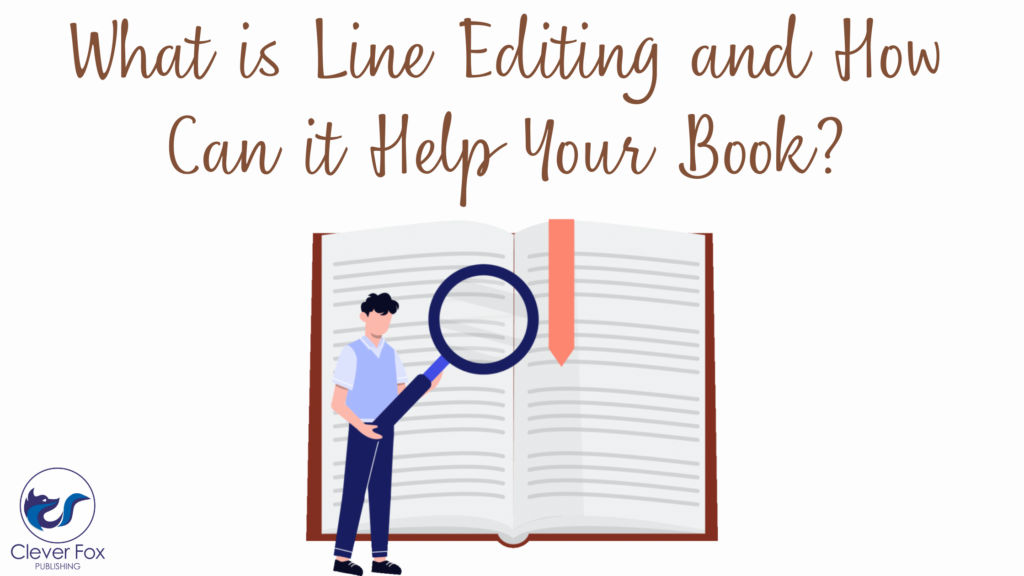Line editing, which comes after developmental editing, goes through your book line-by-line. This type of editing is more concerned with the tone, sentence flow, logical connection between paragraphs, etc. It is important not to confuse line-editing with copy-editing, as the latter deals with grammatical errors, punctuation styles, and spelling mistakes.

The tone and emotion you are trying to convey must align with the story. For example, if you are writing a novel about a happy-ending, college romance, the tone should be relaxed and happy. If your story is about the survival of a few people from a ravaging war, a melancholic mood will draw the readers. A line editor will make sure you take the reader forward with the appropriate emotion so as to add to the impact of the story.
Beware of adjectives! Adjectives are a great way to add details to an image you want to convey to the reader but if not used carefully, they may become redundant, making your narrative boring.
For example, John screamed loudly.
When someone screams, it is obvious that the voice will be loud.
John screamed.
Better and precise, right?
Grouping sentences into paragraphs based on their connection with each other plays a very important role in conveying the meaning in the proper way, especially in non-fiction. The sentences must flow from one to another, making the reading experience smooth. A line editor will help you to spot sentences that are digressive and seem out of context. You will be able to rearrange those sentences based on their context, instead of simply striking them out.
Whether your book is fiction or non-fiction, cliché phrases and dialogues are going to make your reader stop reading mid-sentence, especially when you try to give those sentences an air of seriousness and intelligence. Cliché dialogues make your character hollow and the conversation unnecessary.
Changing POVs is a great way to explore the different layers of multiple characters. But, if not done logically and carefully, it is going to sabotage your work. It is advised to change POVs when it is absolutely necessary. For example, if there is no way A knows something that B doesn’t, and you need to tell the reader that A did something with that information, changing your POV to A’s is a fit action.
Never underestimate your reader’s smartness. Don’t assume that your reader might probably forget what happened in the 3rd chapter by the time they reach the 41st chapter and to remind them, you should make one character summarize all those events to another one. Repetitive information will bore your reader and make them snap shut the book.
You will have reasons in your mind regarding why a character is behaving a particular way. Nevertheless, you may miss mentioning them in the context, which will leave your reader gaping at a plot hole.
For example,
Antony’s finger trembled as he placed it on the trigger. Elena looked at him curiously. She shouted, “Do it now, Antony!”
This excerpt may raise the following questions.
A line editor will rewrite the excerpt like this:
Antony’s finger trembled as he placed it on the trigger. He didn’t fail to notice that his victim looked exactly like Sarah.
Elena saw Antony’s trembling fingers and she couldn’t believe her eyes. She shouted, “Do it now, Antony!”
The situation makes much more sense now, given that information about Sarah has been or will be conveyed to the reader.
